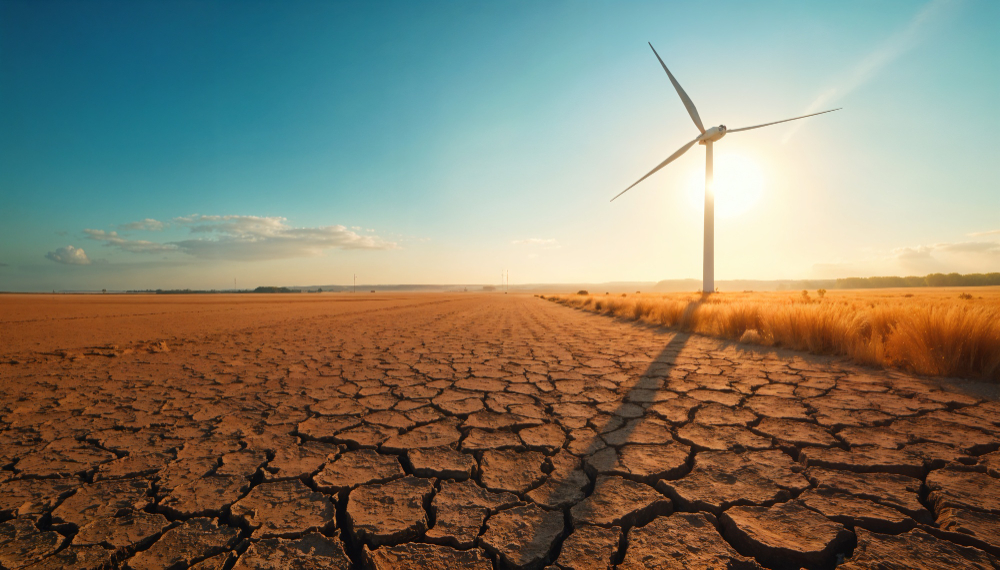By Klapton Re Claims Department
The Impact of Climate Change on Reinsurance Claims
Climate change is no longer something we expect to happen far in the future. It’s happening now, and it’s affecting the weather in ways we’ve never seen before. Natural disasters like hurricanes, floods, wildfires, and droughts are becoming more frequent and severe. This has caused a significant impact on the insurance and reinsurance industries, which help cover the costs of these disasters. Reinsurers are facing more claims than ever before. To handle these new challenges, there is need to change the assessment and management of risks.
More Natural Disasters, More Claims
Reinsurers play a key role in helping insurance companies pay for large, unexpected losses caused by disasters. However, as climate change increases the number of extreme weather events, reinsurers are receiving many more claims. For example, hurricanes in the Atlantic Ocean have become stronger and more frequent, leading to huge property damages, the floods in Dubai experienced early this year caused unprecedented significant damage. Additionally, severe floods have affected countries like Nigeria recently experienced devastating floods, affecting 31 states. Over a million individuals have been impacted, with more than six-hundred thousand people displaced and 285 fatalities.
As the weather becomes more unpredictable, reinsurers are facing more claims, which are not only expensive but also difficult to forecast. This rise in risk is making it harder for reinsurers to set fair prices for coverage and manage claims effectively.
The Challenge of Predicting Climate Risks
One of the toughest challenges for reinsurers is predicting when and where climate-related disasters will happen, and how bad they will be. In the past, reinsurers used historical data to estimate future losses. But with climate change, this data is no longer as reliable, as weather patterns are changing in unexpected ways. For instance, areas that were once considered safe from storms are now being hit by them, and wildfire seasons are lasting longer and causing more damage than before.
To address these changes and remain resilient in the face of climate change, reinsurers are adopting new strategies to manage risks. One approach is to use advanced technologies like satellite imagery, real-time weather analysis, specialized information and analytics tools and machine learning to assess risks in real time. These tools help reinsurers get a better understanding of potential threats and allow them to price their coverage more accurately.
Additionally, reinsurers are encouraging primary insurers to take steps to prevent damage from disasters. This includes pushing for stronger building standards, better flood protection, and wildfire prevention measures. By helping policyholders take action to protect their properties, reinsurers can reduce their exposure to large losses.
Conclusion
The impact of climate change on reinsurance claims is becoming more evident, as natural disasters grow more frequent and severe. This is putting pressure on the reinsurance industry to adapt to these changes. By using advanced technologies and encouraging preventive measures, reinsurers can better manage risks and protect themselves from huge losses. However, with climate change evolving rapidly, the industry must continue to innovate and adjust its strategies to prepare for an increasingly uncertain future.
